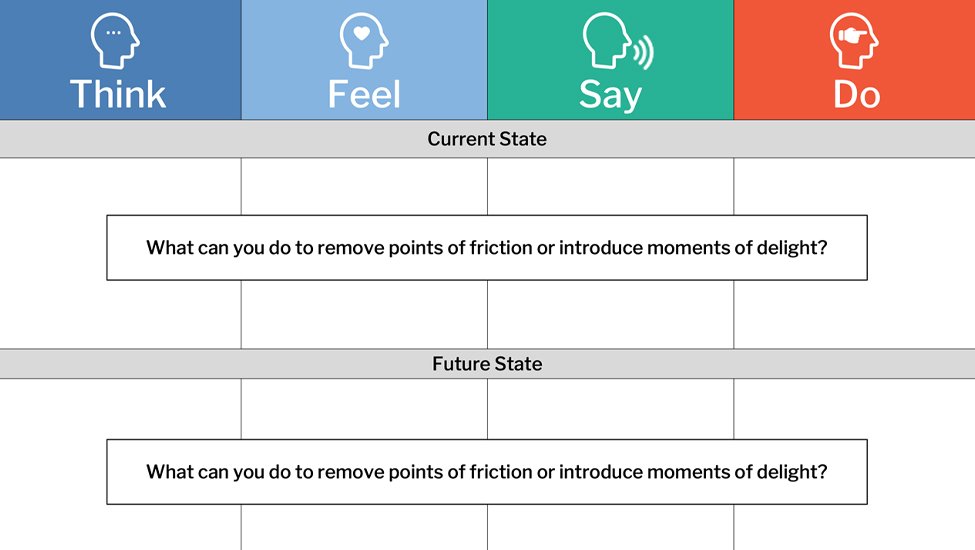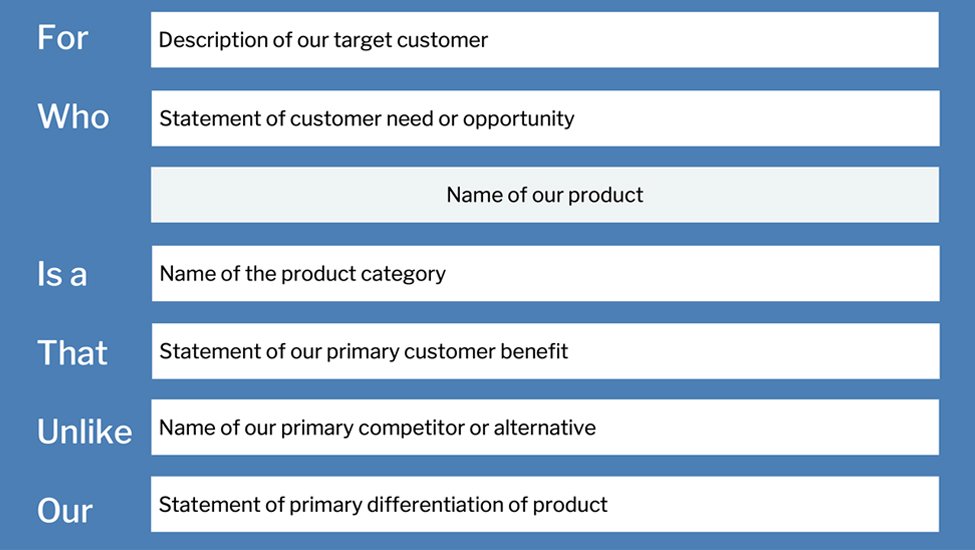
Think-Feel-Do-Say
Identify the desired outcome of a marketing initiative from the perspective of your target customer.


Identify the desired outcome of a marketing initiative from the perspective of your target customer.

This is a project from Kickframe – a digital marketing strategy consulting and training company.